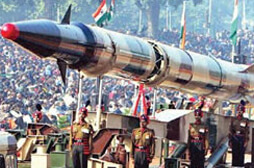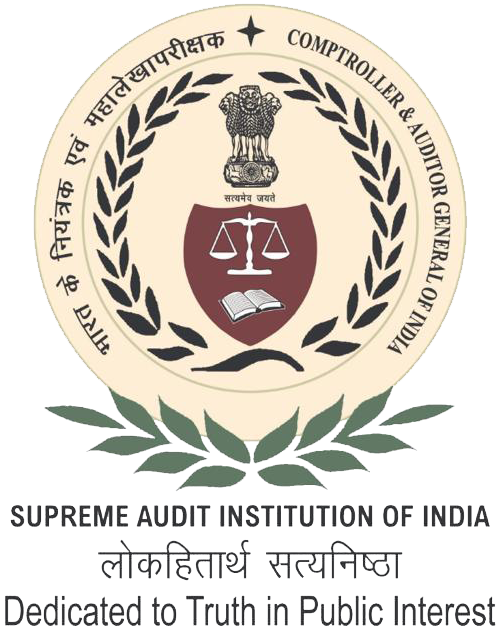- Home
- About Us
- Function
- Resources
- Tour Program
- Publication & Reports
- Contact Us
- Employee Corner
Audit Reports
Compliance

Defence
Report No. 16 of 2010 - Compliance Audit on Air Force and Navy, Union Government, Defence Services
Date on which Report Tabled:
Fri 20 Aug, 2010
Date of sending the report to Government:
Government Type:
Union
Union Department
Defence
Sector
Defence and National Security
Overview
The total expenditure of the Defence Services during 2008 - 09 was Rs 1,18,006 crore. Of this, the Air Force and Navy spent Rs 29,842 crore and Rs 17,406 crore respectively. The combined expenditure of the two services accounts for 40 per cent of the total expenditure on the Defence Services. The major portion of the expenditure of the Air Force and Navy is capital in nature, constituting almost 55 per cent of their expenditure.Some of the major findings arising from test audit of transactions of the Air Force, the Navy, and associated units of the Defence Research and Development Organisation and Military Engineer Services included in the report.
Nearly two decades after the commencement of the programme and 13 years after the original probable date of completion, with an expenditure of Rs 1892 crore, Gas Turbine Research Establishment (GTRE) is yet to fully develop an aero-engine which meets the specific needs of the Light Combat Aircraft. The fate of the Kaveri project is highly uncertain as GTRE is now considering a proposal of co-development and co-production dependent upon a Joint Venture with a foreign vendor.Indian Navy awarded a contract for acquisition of a fleet tanker to a foreign shipyard even though the steel to be used by the shipyard in construction did not meet Indian Navy technical specifications.
Commercial negotiations with the foreign vendor for procurement of a fleet tanker, despite being protracted and delayed, did not address the issue of reasonability of pricing adequately. Excess provisioning of spares of Rs 30.44 crore and under-realisation of offset benefit to Indian industry were also noticed in the procurement of the tanker worth Rs 936 crore.Bharat Electronics Limited (BEL) was awarded a contract for supplying 22 Surveillance Radar Element radars at a cost of Rs 870 crore. The contract was signed by the Ministry under special dispensation of the Defence Procurement Procedure on the premise that BEL would be able to manufacture the radars indigenously as they had absorbed the technology transferred from the Original Equipment Manufacturer (OEM). BEL violated this intent by procuring 60 per cent radars in Completely Knocked Down form from the OEM at a lower cost. As a result, BEL earned unwarranted additional returns of Rs 10 crore. Supplying completely knocked down radars instead of indigenously manufactured ones also resulted in premature delivery before finalization of associated works services with no benefit to the Indian Air Force.

